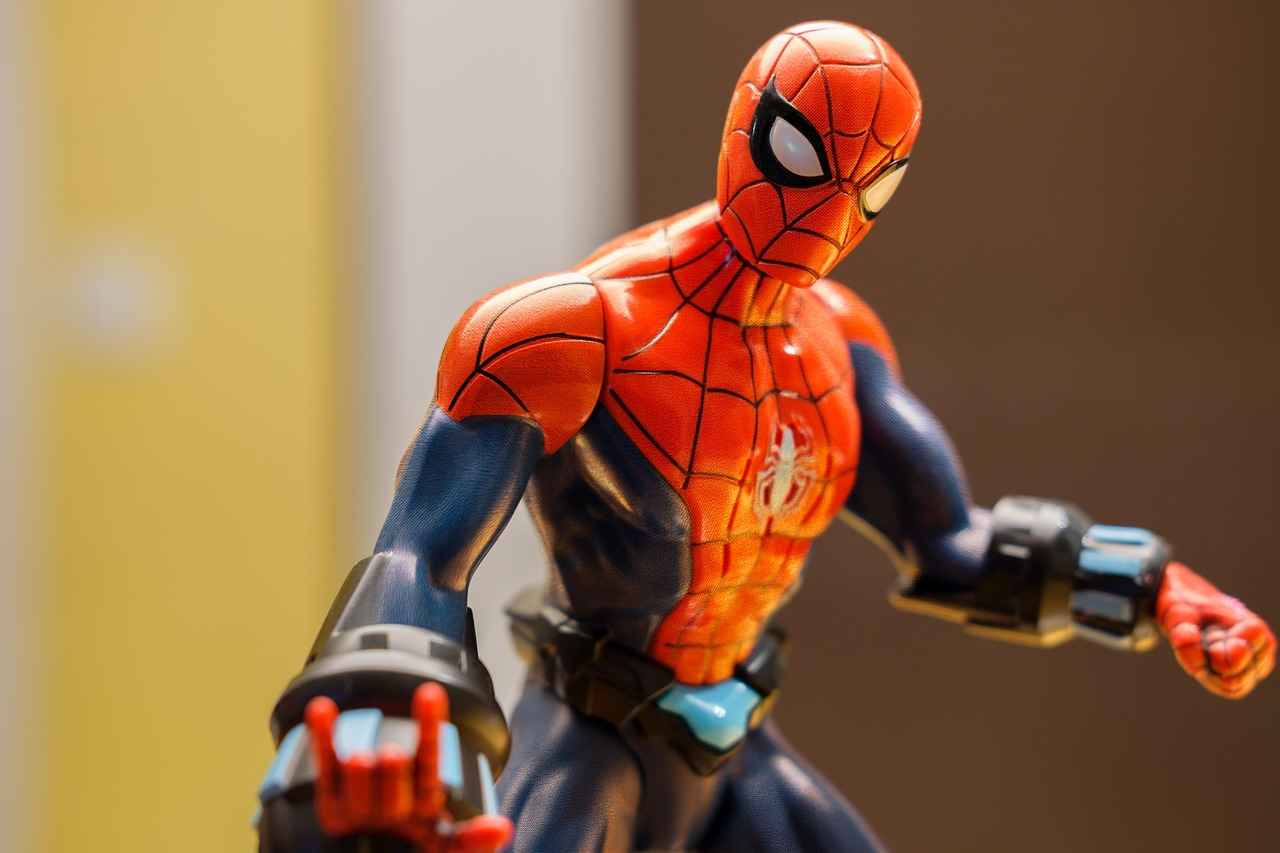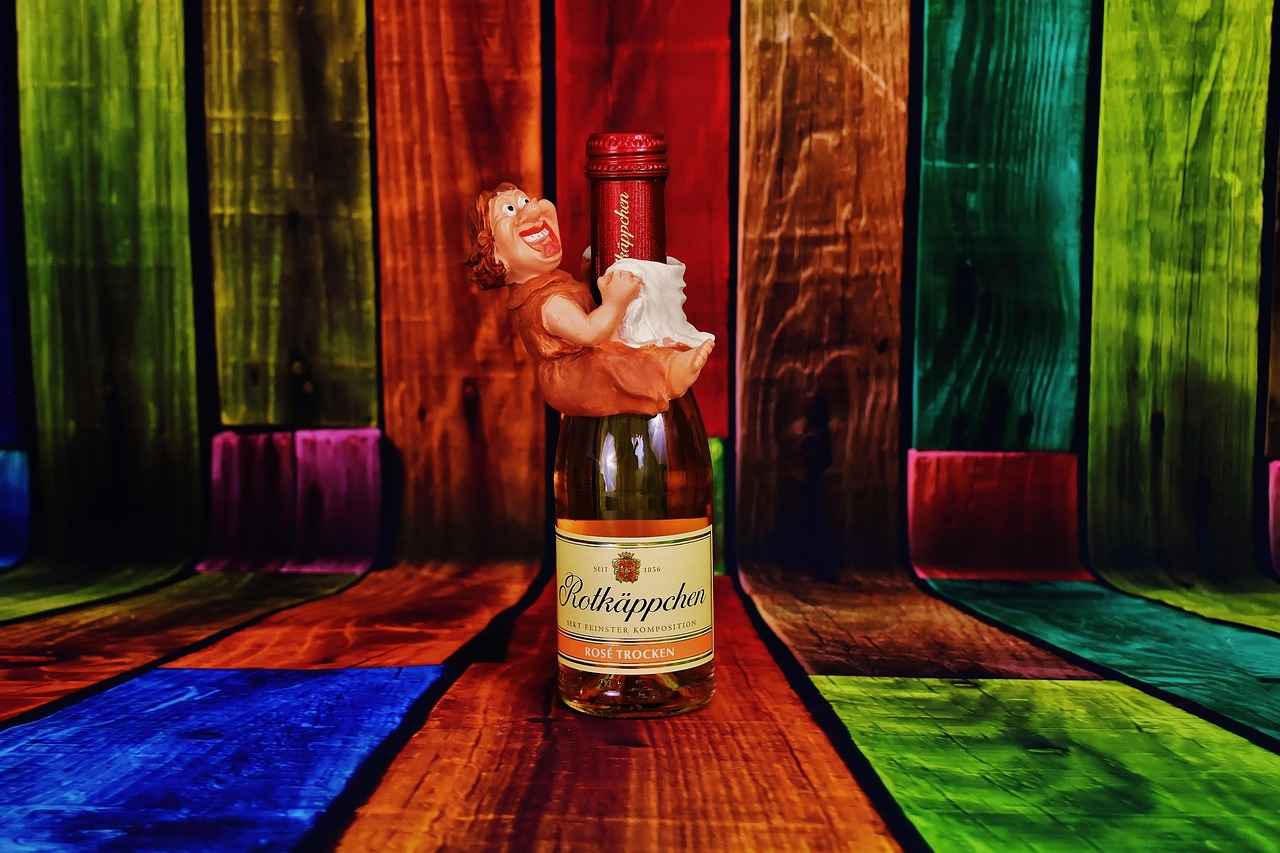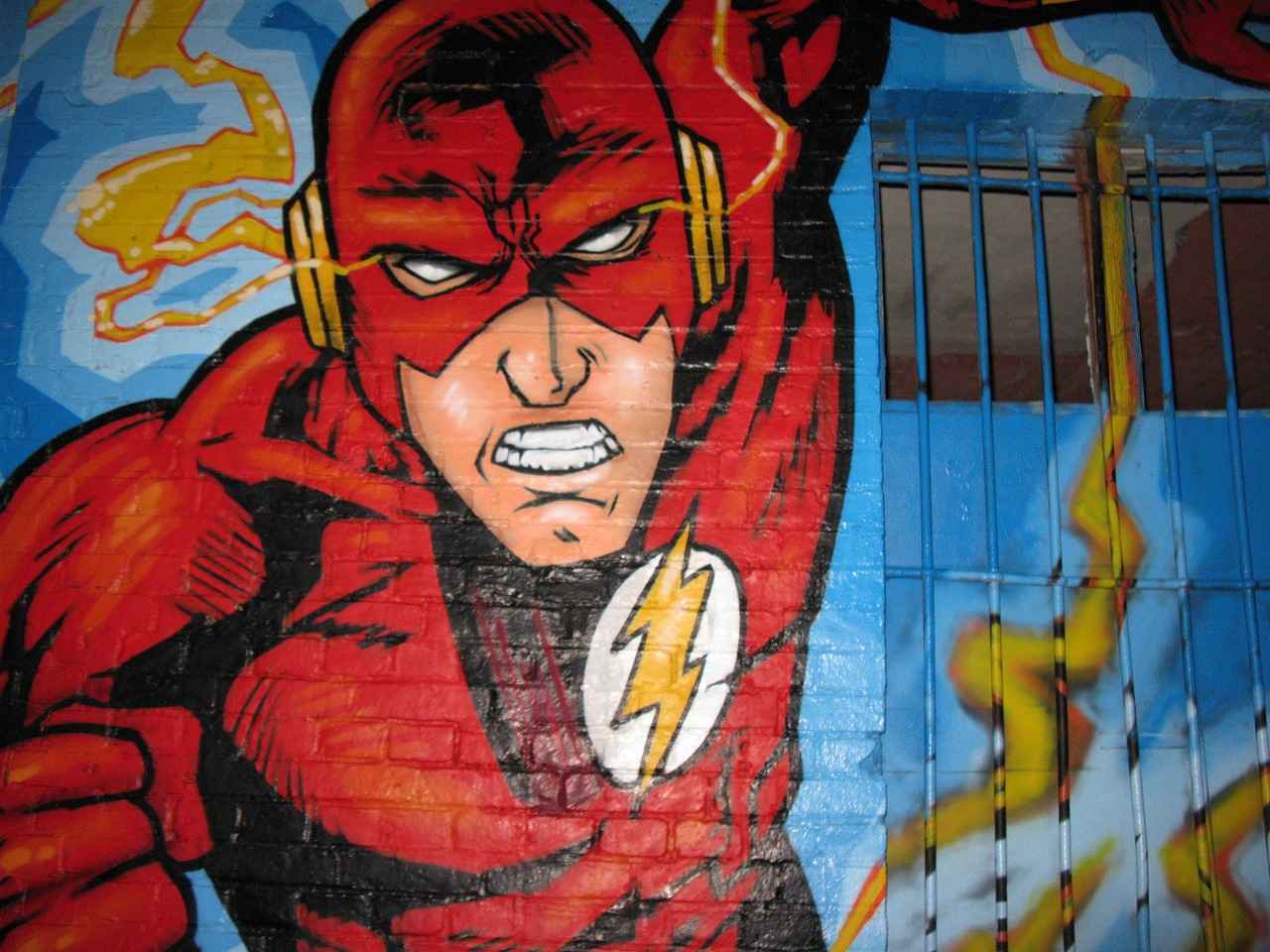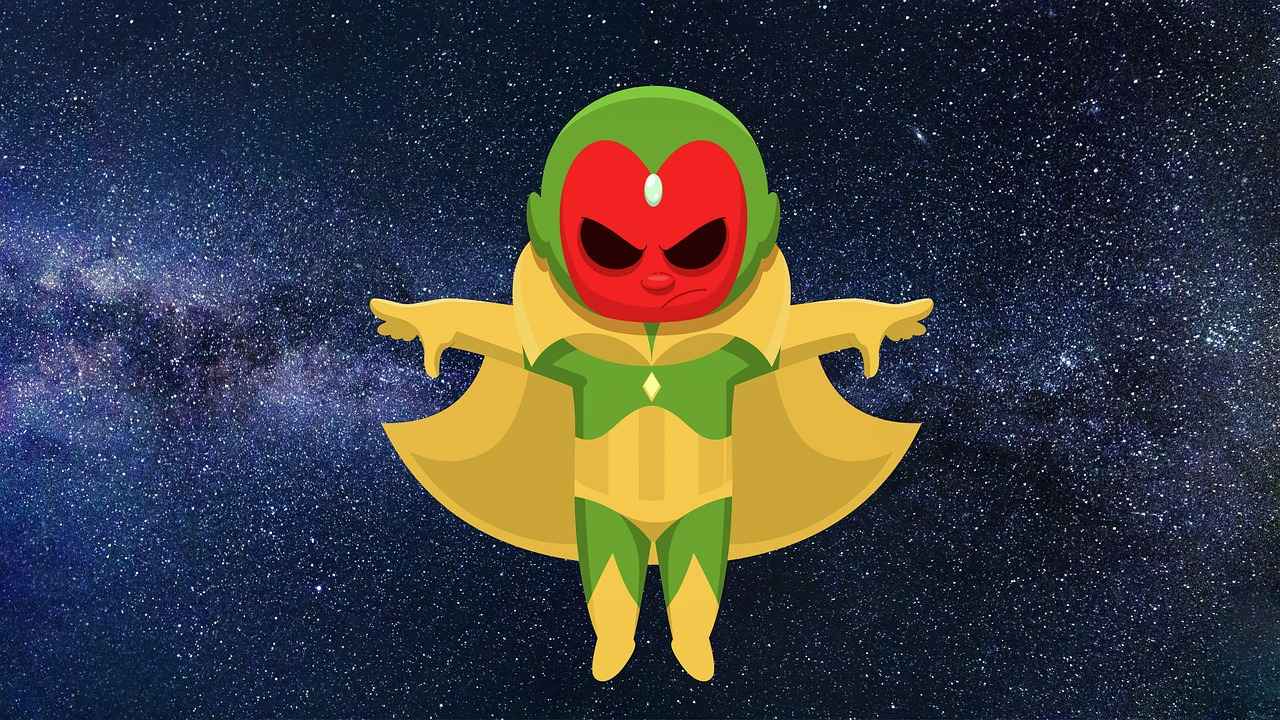This article provides a comprehensive review of My Hero Academia, examining its impact, character development, themes, and overall reception to determine if it remains the leading shonen anime.
Overview of My Hero Academia
My Hero Academia, created by Kohei Horikoshi, has become a defining title in modern anime. Set in a world where the majority of the population possesses superpowers known as “quirks,” the series follows young heroes in training at U.A. High School. The captivating blend of action, emotion, and humor has attracted a diverse audience.
Character Development and Growth
The series is renowned for its rich character arcs. Key characters like Izuku Midoriya and Katsuki Bakugo undergo significant growth, showcasing their evolving relationships and personal struggles throughout the series.
Protagonist’s Journey: Izuku Midoriya
Izuku Midoriya’s evolution from a quirkless boy to a symbol of hope is central to the narrative. His journey is filled with challenges that test his resolve and redefine his understanding of heroism.
Supporting Characters and Their Roles
Supporting characters such as All Might and Ochaco Uraraka play crucial roles in shaping the story and enhancing the themes of friendship and perseverance.
Antagonists and Their Development
The villains in My Hero Academia are multifaceted, providing depth to the storyline. Characters like All For One present formidable challenges, forcing the protagonists to confront their own limitations.
Themes and Messages
My Hero Academia tackles various themes, including heroism, friendship, and perseverance. These core messages resonate deeply with viewers, making the series relatable and inspiring.
Animation Quality and Art Style
The animation quality is a significant aspect of My Hero Academia‘s appeal. The vibrant art style and dynamic animation techniques enhance the storytelling experience, bringing emotional scenes to life.
Impact of Animation on Storytelling
The visual presentation plays a crucial role in conveying emotions and actions, elevating key scenes and character interactions to create a more immersive experience.
Comparison with Other Shonen Anime
When compared to other popular shonen titles, My Hero Academia stands out due to its unique character designs and fluid animation, setting a high standard in the genre.
Fan Reception and Cultural Impact
My Hero Academia has garnered a massive fanbase and significant cultural impact. The series has influenced various aspects of pop culture, from merchandise to fan art.
Critical Acclaim and Awards
The series has received numerous accolades, highlighting its impact within the anime community and its critical reception.
Community and Fandom
The vibrant My Hero Academia fandom plays a vital role in its success, fostering a sense of community through fan events and online interactions.
Conclusion: Is My Hero Academia Still the Best Shonen Anime?
In conclusion, My Hero Academia continues to captivate audiences with its compelling storytelling, character development, and high-quality animation. While the shonen genre is rich with competition, the series maintains its status as a leading title, resonating with both new and long-time fans.

Overview of My Hero Academia
My Hero Academia, created by Kohei Horikoshi, has rapidly ascended to become a defining title in modern anime. This series, which first premiered in 2016, has captivated audiences with its unique premise and rich character development. Set in a world where the majority of the population possesses superpowers known as “quirks,” the story follows the journey of Izuku Midoriya, a boy born without a quirk who dreams of becoming a hero.
The series intricately explores the concept of heroism, showcasing not just the battles between heroes and villains but also the moral dilemmas faced by its characters. The world-building is exceptional, with detailed lore about the society that values heroes, the education system that trains them, and the various quirks that each character possesses. This depth allows viewers to immerse themselves fully in the narrative.
Furthermore, the character roster is diverse and well-developed, featuring individuals like Katsuki Bakugo, Midoriya’s childhood rival, and All Might, the symbol of peace. Each character has their own unique backstory and motivations, adding layers to the overall plot. The relationships between characters, especially the friendships and rivalries, are central to the story’s emotional core.
In conclusion, My Hero Academia stands out not only for its engaging plot and well-crafted characters but also for its ability to resonate with audiences on multiple levels. The themes of perseverance, friendship, and the true meaning of heroism are universally relatable, making it a series that continues to attract new fans while retaining its original audience.

Character Development and Growth
The world of My Hero Academia is not just about spectacular battles and flashy powers; it is deeply rooted in the development of its characters. The series showcases a plethora of characters, each with their own unique journeys and transformations. Among these, two characters stand out for their profound growth: Izuku Midoriya and Katsuki Bakugo.
Izuku Midoriya, often referred to as “Deku,” begins his journey as a quirkless boy in a society dominated by superpowers. His relentless determination to become a hero despite his initial limitations is a central theme of the series. Over time, he inherits the powerful quirk “One For All” from All Might, the Symbol of Peace. This transition marks a pivotal moment in his character arc, showcasing his resilience and adaptability. As he trains to master his newfound abilities, viewers witness his evolution from an insecure child to a confident hero who inspires others.
On the other hand, Katsuki Bakugo presents a contrasting yet equally compelling narrative. Initially portrayed as a bully, Bakugo’s character is marked by his explosive temper and arrogance. However, as the series progresses, we see a more complex side of him. His rivalry with Midoriya pushes him to confront his own insecurities and weaknesses. This growth is highlighted through his evolving relationships with his classmates and his acceptance of teamwork, illustrating that true strength lies not just in power but in collaboration and humility.
Both characters exemplify the series’ overarching message about personal growth and the importance of overcoming obstacles. Their journeys are interwoven, reflecting themes of friendship, rivalry, and mutual respect. As they face various challenges, their development not only enhances their individual stories but also enriches the overall narrative of My Hero Academia.
In conclusion, the character development of Izuku Midoriya and Katsuki Bakugo is a testament to the series’ ability to craft rich, relatable arcs that resonate with audiences. Their growth serves as an inspiration, reminding viewers that the path to becoming a hero is filled with struggles, learning, and ultimately, transformation.
Protagonist’s Journey: Izuku Midoriya
Izuku Midoriya, often referred to as Deku, embodies the essence of perseverance and growth in My Hero Academia. His transformation from a quirkless boy to a beacon of hope is a compelling narrative that resonates deeply with fans. This journey is not merely about acquiring power; it is a profound exploration of struggles, motivations, and the pivotal moments that define his character.
Initially, Midoriya faces overwhelming challenges in a world dominated by individuals with superpowers, known as quirks. His dream of becoming a hero seems unattainable, leading to feelings of inadequacy. However, his unwavering determination sets him apart. The moment he inherits All Might’s quirk, One For All, marks a significant turning point. This event not only symbolizes the beginning of his journey as a hero but also signifies the weight of responsibility he must now carry.
Throughout the series, Midoriya encounters various trials that test his resolve. His relationships with characters like Katsuki Bakugo and Ochaco Uraraka further enrich his development. These interactions highlight his growth from a timid boy into a confident hero who inspires those around him. The emotional depth of his character is enhanced by moments of vulnerability, showcasing that even heroes face doubts and fears.
Moreover, pivotal battles serve as crucial milestones in his evolution. Each confrontation teaches him valuable lessons about teamwork, strategy, and the true meaning of heroism. As he learns to harness his quirk, he transforms not just into a powerful fighter but also into a symbol of hope for others, embodying the spirit of heroism that My Hero Academia celebrates.
In conclusion, Izuku Midoriya’s journey is a testament to the power of resilience and hope. His evolution from a quirkless boy to a celebrated hero inspires viewers, making him a relatable and beloved character in the anime community.
Supporting Characters and Their Roles
In My Hero Academia, the narrative is not solely driven by the protagonist, Izuku Midoriya; rather, it is significantly enriched by a diverse cast of supporting characters. These individuals not only aid in character development but also embody the series’ overarching themes of heroism, friendship, and perseverance.
One of the most pivotal supporting characters is All Might, the former Symbol of Peace. His influence on Midoriya is profound, as he serves as a mentor and role model. All Might’s unwavering belief in justice and his commitment to protecting others shape Midoriya’s aspirations and moral compass. The relationship between these two characters showcases the importance of mentorship and the impact it has on personal growth.
Another essential character is Ochaco Uraraka, who brings a unique perspective to the story. As a fellow student in U.A. High School, her determination to become a hero stems from a desire to support her family financially. Uraraka’s journey emphasizes the theme of selflessness and the sacrifices many heroes make for their loved ones. Her dynamic with Midoriya also highlights the significance of teamwork and emotional support in achieving one’s goals.
Additionally, characters like Katsuki Bakugo and Shoto Todoroki further enrich the narrative. Bakugo’s rivalry with Midoriya introduces themes of competition and growth through adversity. Meanwhile, Todoroki’s struggle with his dual heritage presents a compelling exploration of identity and personal conflict.
Overall, the supporting characters in My Hero Academia are not mere sidekicks; they are integral to the storyline, enhancing its depth and emotional resonance. Their contributions underscore the series’ core messages and elevate the protagonist’s journey, making it a truly collaborative narrative.
Antagonists and Their Development
The villains in My Hero Academia are not merely obstacles for the heroes; they are complex characters that add significant depth to the narrative. This section delves into the motivations and backgrounds of key antagonists, examining how their actions shape the course of the story and challenge the protagonists.
| Villain | Motivation | Impact on Protagonists |
|---|---|---|
| All For One | Desire for power and control over society | Challenges the ideals of heroism and tests the limits of Midoriya’s abilities |
| Tomura Shigaraki | Revenge against society and a desire for freedom | Embodies the consequences of neglect and trauma, pushing heroes to confront their own vulnerabilities |
| Stain | Belief in true heroism and disdain for false heroes | Forces characters like Midoriya and Todoroki to reevaluate their motivations and the essence of being a hero |
Each antagonist presents unique challenges that force the heroes to grow and adapt. For instance, All For One represents the ultimate threat, pushing characters like Izuku Midoriya to their limits as they strive to protect their ideals. Meanwhile, Tomura Shigaraki serves as a dark reflection of the heroes, illustrating the potential for despair and destruction when one is consumed by their past.
Moreover, characters like Stain provoke critical discussions about what it means to be a hero, challenging the protagonists to not only fight but also understand their own values and the society they protect. The multifaceted nature of these villains enhances the narrative, making the struggle between heroes and villains not just a physical battle, but a philosophical one.
In conclusion, the antagonists in My Hero Academia are essential to the series’ depth. Their complex motivations and interactions with the protagonists enrich the storyline, making it a compelling exploration of morality, heroism, and the human condition.
Themes and Messages
My Hero Academia is not just a tale of heroes and villains; it delves deep into themes that resonate with audiences on multiple levels. The series masterfully intertwines heroism, friendship, and perseverance, making it a rich narrative that appeals to both young and mature viewers alike.
One of the most compelling aspects of My Hero Academia is its exploration of heroism. The show challenges traditional notions of what it means to be a hero. It goes beyond mere strength and power, emphasizing qualities such as compassion, dedication, and self-sacrifice. Characters like Izuku Midoriya embody this ideal, showcasing how true heroism often involves overcoming personal struggles and helping others.
Moreover, friendship is a recurring theme that enhances the narrative. The bonds formed between characters, such as Midoriya and his classmates, highlight the importance of support and teamwork. These relationships not only provide emotional depth but also serve as catalysts for character development. The series illustrates that friendship can empower individuals to face daunting challenges and grow stronger together.
Another significant theme is perseverance. Many characters, including Katsuki Bakugo and Ochaco Uraraka, face immense obstacles on their journeys. Their stories are a testament to the idea that hard work and determination can lead to success, no matter how insurmountable the odds may seem. This message resonates with viewers, encouraging them to strive for their goals despite setbacks.
In conclusion, the themes of heroism, friendship, and perseverance in My Hero Academia not only drive the plot forward but also leave a lasting impact on its audience. The series serves as an inspiring reminder that anyone can be a hero, and that the journey is often as important as the destination.

Animation Quality and Art Style
The animation quality of My Hero Academia is not just a technical achievement; it is a vital component that contributes to the series’ overall appeal. The unique art style and innovative animation techniques employed in the show serve to enhance the storytelling experience, making it one of the standout features of this beloved anime.
Visual Aesthetics and Character Design
One of the most striking aspects of My Hero Academia is its character design. Each character is meticulously crafted, showcasing a wide range of personalities and quirks through their visual representations. The use of vibrant colors and distinct styles helps to convey their individual traits and powers effectively. This attention to detail ensures that viewers can easily identify and connect with the characters on a deeper level.
Dynamic Animation Techniques
The animation techniques utilized in My Hero Academia play a crucial role in highlighting the intense action sequences that are a hallmark of shonen anime. The fluidity of movement during battles, combined with dramatic camera angles, creates a sense of urgency and excitement. For example, the All Might vs. All For One showdown is a testament to how animation can elevate a scene, making it not just visually stunning but emotionally impactful as well.
Enhancing Storytelling Through Animation
Animation in My Hero Academia goes beyond mere visuals; it enhances the narrative by emphasizing emotions and character development. Key moments, such as Izuku Midoriya’s struggles and triumphs, are beautifully animated to convey his growth and determination. The careful synchronization of music and animation further amplifies the emotional weight of these scenes.
Conclusion
In conclusion, the animation quality and art style of My Hero Academia significantly contribute to its storytelling prowess. By combining stunning visuals with dynamic techniques, the series not only captivates its audience but also deepens their connection to the characters and their journeys. This meticulous craftsmanship is what sets My Hero Academia apart in the realm of shonen anime.
Impact of Animation on Storytelling
The animation quality in My Hero Academia is not just a visual treat; it serves as a powerful storytelling tool that enhances emotional depth and audience engagement. The meticulous attention to detail in character movements, facial expressions, and dynamic action sequences allows viewers to connect with the characters on a deeper level.
One of the most striking aspects of the animation is its ability to convey emotions. For instance, during pivotal moments, such as Izuku Midoriya’s intense battles or moments of personal growth, the animation style shifts to emphasize the gravity of the situation. The use of color palettes and lighting effects further accentuates these emotional peaks, making the audience feel the weight of the characters’ struggles.
Moreover, the animation elevates key scenes by using cinematic techniques. Slow-motion effects during climactic battles provide a sense of grandeur and highlight the importance of the moment. This technique not only builds suspense but also allows viewers to appreciate the intricate choreography of the fight sequences.
Character interactions are also significantly enhanced through animation. Subtle gestures, such as a character’s nervous twitch or a fleeting smile, can convey a wealth of information about their feelings and relationships. The animators skillfully utilize these small details to portray the complex dynamics between characters, enriching the narrative.
In conclusion, the animation in My Hero Academia does more than just entertain; it plays a crucial role in storytelling. By effectively conveying emotions and enhancing character interactions, the animation elevates the viewer’s experience, making the series a standout in the shonen genre.
Comparison with Other Shonen Anime
In the vibrant world of shonen anime, My Hero Academia stands out not only for its compelling storytelling but also for its distinctive animation and art style. When compared to other popular titles such as Naruto, One Piece, and Demon Slayer, several key differences emerge that highlight what makes My Hero Academia unique.
- Visual Style: My Hero Academia employs a clean, dynamic art style that combines traditional anime aesthetics with modern techniques. The character designs are vibrant and expressive, which enhances the emotional depth of the story.
- Animation Quality: The fluidity of action sequences in My Hero Academia is particularly noteworthy. While series like One Piece have a more simplistic animation style, My Hero Academia consistently delivers high-quality animation, especially during pivotal battle scenes.
- Character Expressions: The series excels in portraying a wide range of emotions through character expressions. This is especially evident in scenes where characters experience growth or struggle, setting it apart from more straightforward narratives found in other shonen titles.
- Color Palette: My Hero Academia utilizes a bright and engaging color palette that reflects its themes of heroism and hope. In contrast, shows like Attack on Titan use a darker, more muted color scheme that emphasizes their somber themes.
- Action Choreography: The choreography of battles in My Hero Academia is meticulously crafted, often blending superhuman abilities with strategic combat. This stands in contrast to the more chaotic battles seen in series like Naruto, where the focus may shift more towards sheer power rather than tactical finesse.
Overall, while many shonen anime share similar themes of friendship and perseverance, My Hero Academia’s unique blend of artistic elements and high-quality animation sets it apart, making it a standout title in the genre.

Fan Reception and Cultural Impact
My Hero Academia has not only captured the hearts of anime enthusiasts but has also established itself as a cultural phenomenon. Since its debut, the series has attracted a diverse audience, leading to significant discussions about its themes and characters.
- Massive Fanbase: The series boasts millions of fans worldwide, with dedicated online communities that engage in discussions, fan art, and cosplay. Social media platforms are flooded with fan theories and artwork, showcasing the creativity and passion of its followers.
- Merchandise Boom: My Hero Academia has led to a surge in merchandise sales, including action figures, clothing, and collectibles. This commercial success reflects the series’ popularity and its ability to resonate with audiences of all ages.
- Influence on Pop Culture: The series has made a significant impact on pop culture, inspiring various forms of media, including video games and spin-off series. References to the show can be found in memes, parodies, and even in mainstream television, highlighting its widespread appeal.
Critical Acclaim: Critics have praised My Hero Academia for its storytelling, character development, and animation quality. The series has received numerous awards, solidifying its status as a leading title in the anime industry.
Community Engagement: Events such as anime conventions feature panels and discussions centered around My Hero Academia, allowing fans to connect and share their love for the series. These gatherings foster a sense of community and belonging among fans.
In conclusion, My Hero Academia’s fan reception and cultural significance are undeniable. Its ability to engage audiences through relatable characters and compelling narratives ensures its place in the hearts of many, making it a cornerstone of modern anime culture.
Critical Acclaim and Awards
My Hero Academia has firmly established itself as a cornerstone of the anime community, garnering a plethora of accolades that highlight its significance and influence. Since its debut, the series has not only captivated audiences but has also received recognition from critics and industry experts alike.
- Anime Awards: My Hero Academia has won multiple prestigious awards at various anime festivals and conventions. Notably, it has secured the Tokyo Anime Award Festival and the Crunchyroll Anime Awards, showcasing its popularity and critical appreciation.
- Best Animation: The series has been celebrated for its stunning animation quality, earning the Tokyo Anime Award for Best Animation. The vibrant colors and fluid motion during action scenes have set a new standard in the anime industry.
- Character Recognition: Characters such as Izuku Midoriya and All Might have been recognized in various categories, including Best Boy and Best Supporting Character, further solidifying their impact on viewers and fans.
- Critical Reviews: Renowned publications like Anime News Network and IGN have praised the series for its storytelling and character development, often highlighting its emotional depth and relatable themes.
The impact of My Hero Academia is not limited to awards; it has also sparked discussions among fans and critics about its themes of heroism, friendship, and perseverance. This dialogue has contributed to a deeper understanding of the series and its relevance in contemporary culture.
In conclusion, the numerous accolades and critical acclaim received by My Hero Academia underscore its position as a leading force in the anime community. Its ability to resonate with audiences and push the boundaries of storytelling and animation makes it a remarkable title that continues to thrive in the ever-evolving landscape of anime.
Community and Fandom
The My Hero Academia fandom is a vibrant and dynamic community that has significantly contributed to the series’ ongoing success. From fan art to cosplay, the engagement of fans fosters a sense of belonging and shared enthusiasm that enhances the overall experience of the anime.
One of the most notable aspects of this fandom is the organization of fan events. These gatherings, such as conventions and meet-ups, allow fans to express their passion for the series. Events like Anime Expo and Comic-Con often feature panels dedicated to My Hero Academia, where fans can interact with creators, participate in discussions, and attend exclusive screenings. Such events not only celebrate the anime but also strengthen the community bonds among fans.
Online communities play a crucial role in the fandom’s vibrancy. Platforms like Reddit, Twitter, and Discord host discussions, fan theories, and artwork, allowing fans from around the world to connect. These platforms serve as a space for fans to share their interpretations of character arcs, speculate on future plot developments, and discuss episodes in real-time. The accessibility of these platforms has made it easier for anyone to join the conversation, regardless of their location.
Moreover, the impact of fan creations cannot be understated. Fan art, fan fiction, and cosplay have become integral to the My Hero Academia experience. Artists and writers often explore themes and characters in ways that the original series might not, adding depth and diversity to the narrative. This creative output not only showcases the talent within the community but also keeps the excitement alive between seasons.
In conclusion, the My Hero Academia fandom is a crucial element of the series’ legacy, providing a platform for creativity, discussion, and community engagement. The passion and dedication of fans ensure that the series continues to thrive and evolve, solidifying its place in the anime landscape.

Conclusion: Is My Hero Academia Still the Best Shonen Anime?
As we reach the end of our extensive review of My Hero Academia, it is essential to reflect on the critical elements that contribute to its standing in the anime community. The series, created by Kohei Horikoshi, has captivated audiences with its compelling storytelling, dynamic character development, and striking animation quality. So, does it still hold the title of the best shonen anime in today’s competitive landscape?
First, let’s consider the character development. The growth of characters like Izuku Midoriya and Katsuki Bakugo has been a focal point of the narrative. Their journeys from rivals to allies showcase the series’ emphasis on friendship and perseverance. This depth of character is often cited by fans as a primary reason for the show’s continued appeal.
Furthermore, the animation quality of My Hero Academia remains exceptional. The vibrant art style and fluid animation during battle scenes not only enhance the visual experience but also serve to elevate the emotional stakes of the story. This meticulous attention to detail sets it apart from other shonen titles.
In terms of themes, My Hero Academia tackles significant issues such as heroism, identity, and social justice. These themes resonate deeply with viewers, allowing the series to maintain its relevance in an ever-evolving cultural landscape.
Finally, the fan reception and cultural impact of My Hero Academia cannot be overstated. The series has fostered a vibrant community, with fans engaging in discussions, creating fan art, and participating in events that celebrate their love for the series. This strong fanbase is a testament to the show’s lasting influence.
In conclusion, while there are numerous contenders in the shonen genre, My Hero Academia continues to thrive due to its rich storytelling, character arcs, and cultural significance. It remains a beloved title that many consider to be at the forefront of modern anime.
